
Bulrush PlantLore
Excellent plant for purifying pond water. Grows 5 - 7 feet (1.5 - 2.1 metres) tall. Leaves can reach 1" (2.5 cm) thick. More suited to larger ponds. Likes shallow water up to 6" (15 cm) deep. Plant approximately 2 feet (60 cm) apart. Likes a sunny position. Will tolerate slow-flowing water. Wind pollinated.

Flowers And Bullrushes 4 Flowers And Plants Wallpaper
these plants into your own landscape, you can feel good about the numerous benefits they provide. The plants presented in this guide have all been documented as native to Western New York by the United States Department of Agriculture. Save Water Native plants are acclimated to local weather patterns and rainfall.
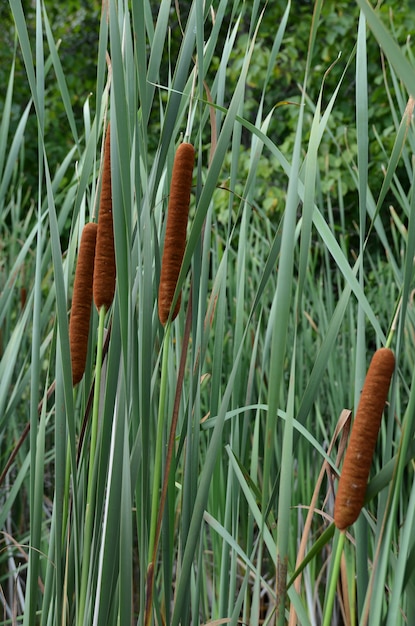
Premium Photo Closeup of bullrush plants, kenora, lake of the woods, ontario, canada
Bulrush plant weeds can grow 5 to 10 feet (1.5-3 m.) tall and survive in marshes, bogs, sand, or gravel bars. Hardstem bulrush grows in firm, sandy soil while softstem requires thick, soft silt in which to live. Bulrush has an appearance of a hard tubular or triangular stem with slender leaves.

Bulrushes Green Invasive · Free photo on Pixabay
1. Physical Management Options Bulrush can be cut, and the rhizomes can be dug up. Physical control is difficult because it can re-establish from seeds and remaining rhizomes. Frequent mowing has been somewhat effective in the control of Bulrush. 2. Biological Management Options
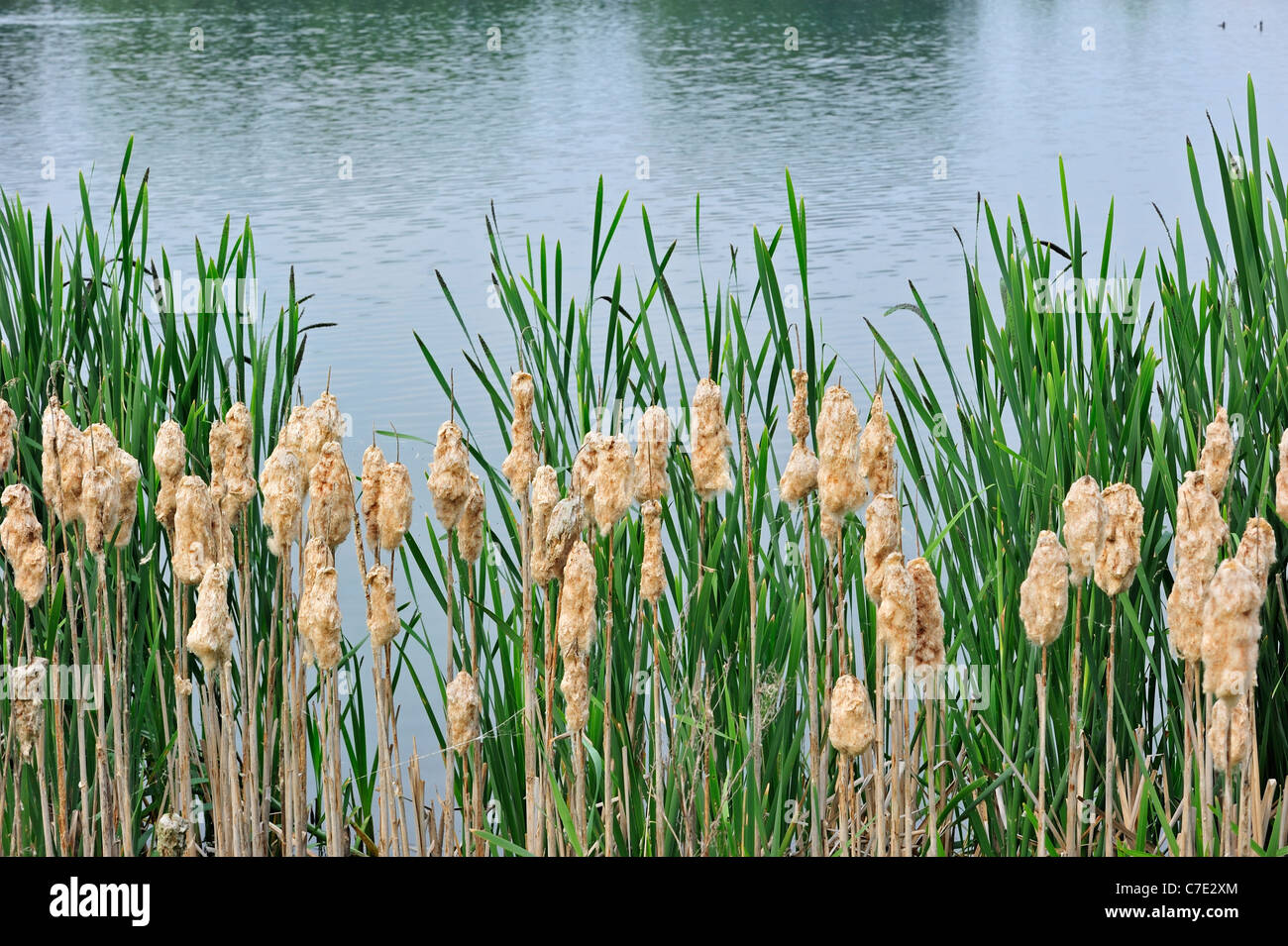
Common Bulrush / Broadleaf Cattail / Greater bullrush / Great Stock Photo, Royalty Free Image
Typha / ˈtaɪfə / is a genus of about 30 species of monocotyledonous flowering plants in the family Typhaceae.

bull rush rushes bullrush bullrushes reeds pond ponds plant plants semi aquatic seed seeds Stock
Height: up to 2m Conservation status Common. When to see January to December About Great reedmace, also know known as 'bulrush', is a familiar plant of freshwater margins, such as the edges of ponds, lakes, ditches and rivers. Its impressive stance - with long leaves and tall stems - makes it stand out from other wetlands plants.

How To Kill Bulrushes Tips For Control Of Bulrush Plant Weeds
It grows to 6 ft (1.8 m). The bulrush as a species has two types of leaves and they are either well-developed or blade-like. Leaves attach to the plant near or at the base of the plant. The flowers consist of solitary or clustered spikelets. Each spikelet can have 50-500 flowers.

Bullrushes Stock Photo RoyaltyFree FreeImages
Description General: Sedge Family (Cyperaceae). Hardstem bulrush is a perennial, rhizomatous, wetland obligate species that reaches up to 3 m (10 ft) in height and forms very dense stands. The stems are upright, gray-green to dark-green, round, 1 to 2 cm (0.4 to 0.8 in) thick and 1 to 3 m (3 to 10 ft) tall.

Bull Rush Bush Forest Green Extra Large (Box of 6) SPECIAL Decor Flowers
Blooms Apr - Aug Stem: Typically hollow Thicker at base than near the flower Up to 6 feet Fruit: One seed Does not open to release seed when ripe One surface flat, the other surface bulging Where Does it Grow? Bulrush can be found in wet meadows, swamps, shallow pond edges and muddy areas. Pros and Cons of Bulrush
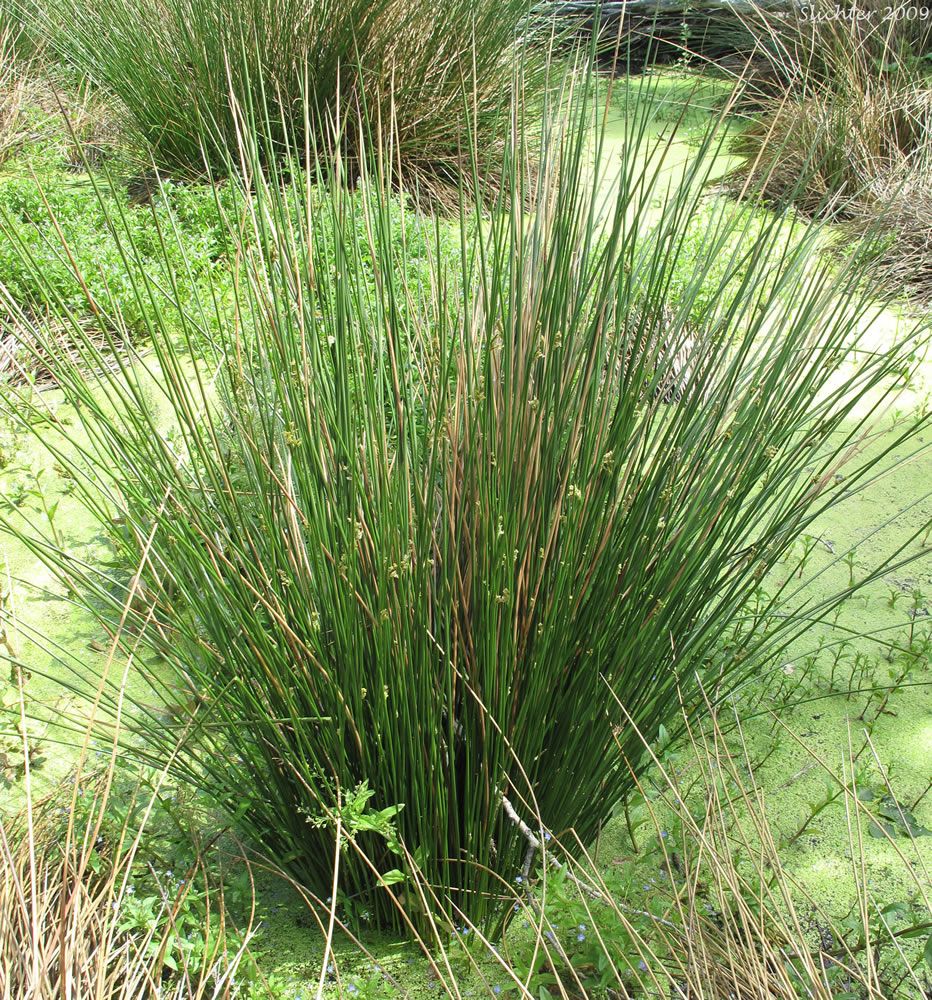
Plants & Flowers » Soft Rush
Dec 22 2020 This is about how to grow and care for Bulrush, hoping to be helpful for you during growing Bulrush. How to grow Bulrush How to care for Bulrush Field management of Bulrush How to grow Bulrush Bulrush should be planted in a sunny, ventilated and transparent place.

Bull Rush Cattails Pond plants Typha latifolia 100 SEEDS USA Etsy
Green Bull Rush Japanese Mat Rush Soft Rush Phonetic Spelling JUN-kus eff-YOO-sus Description This wetland perennial grass is generally known by many names such as common rush, mat rush or soft rush. It is found in bogs, marshes and swamps and is native over large portions of temperate climates of the world.

Bull Rush by Cei Peterson 500px Kingfisher bird, Cat tail, Meadow flowers
Cyperus Scirpus Blysmus Bolboschoenus Scirpoides Isolepis Schoenoplectus Trichophorum Typhaceae : Typha See also Rushes ( Juncaceae ) References This page is an index of articles on plant species (or higher taxonomic groups) with the same common name ( vernacular name).

Flowers And Bullrushes 3 Flowers And Plants Wallpaper
Bulrushes, also known as cattails, are wetland plants that are a common sight in large marshes and ponds all over the United States. They are easily identifiable by their large, cylindrical seed heads and long, flat leaves.
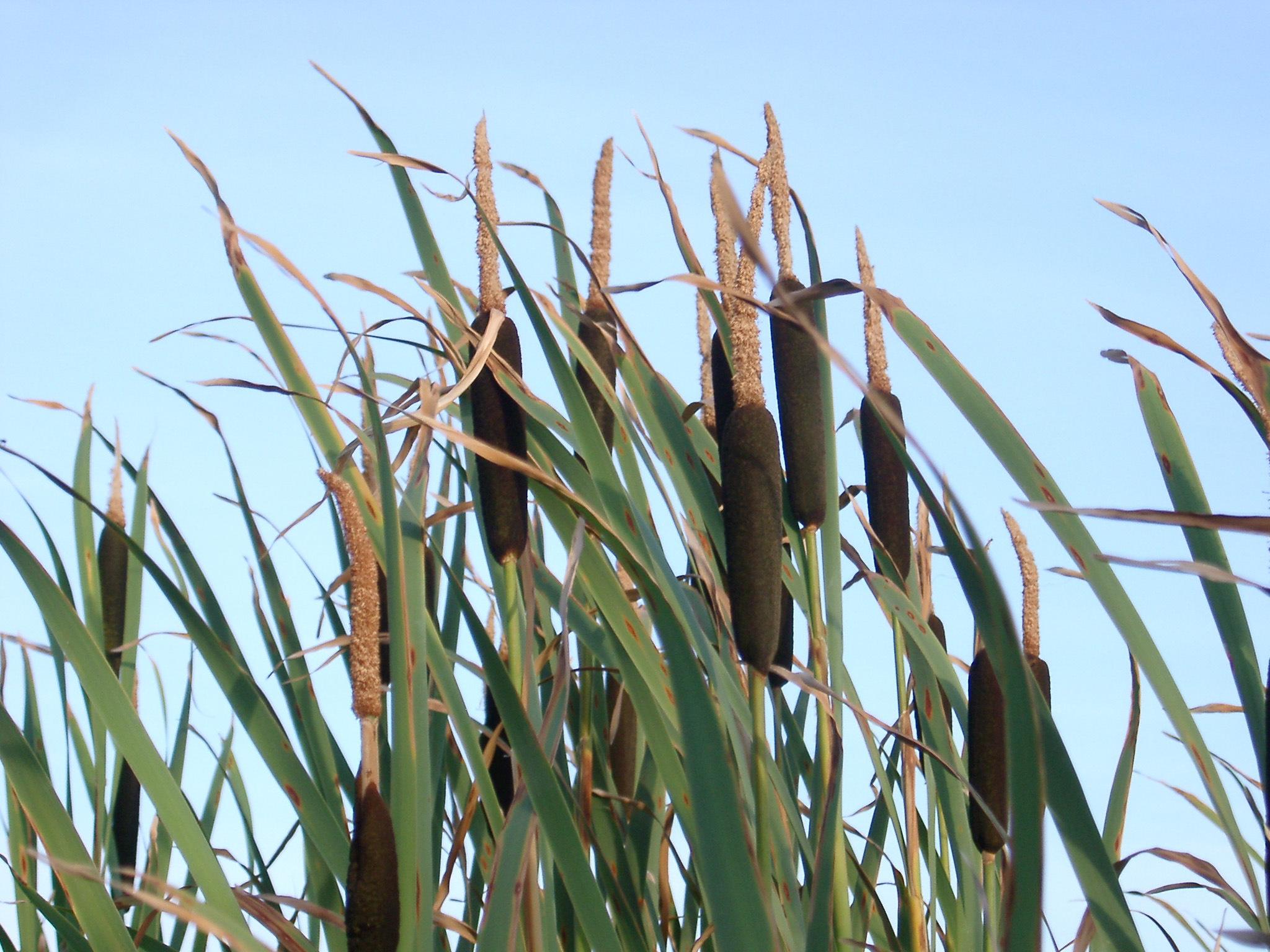
Free Stock Photo 96bull_rushes4016.jpg freeimageslive
bulrush, Any of the annual or perennial grasslike plants constituting the genus Scirpus, especially S. lacustris, in the sedge family, that bear solitary or much-clustered spikelets. Bulrushes grow in wet locations, including ponds, marshes, and lakes. Their stems are often used to weave strong mats, baskets, and chair seats.
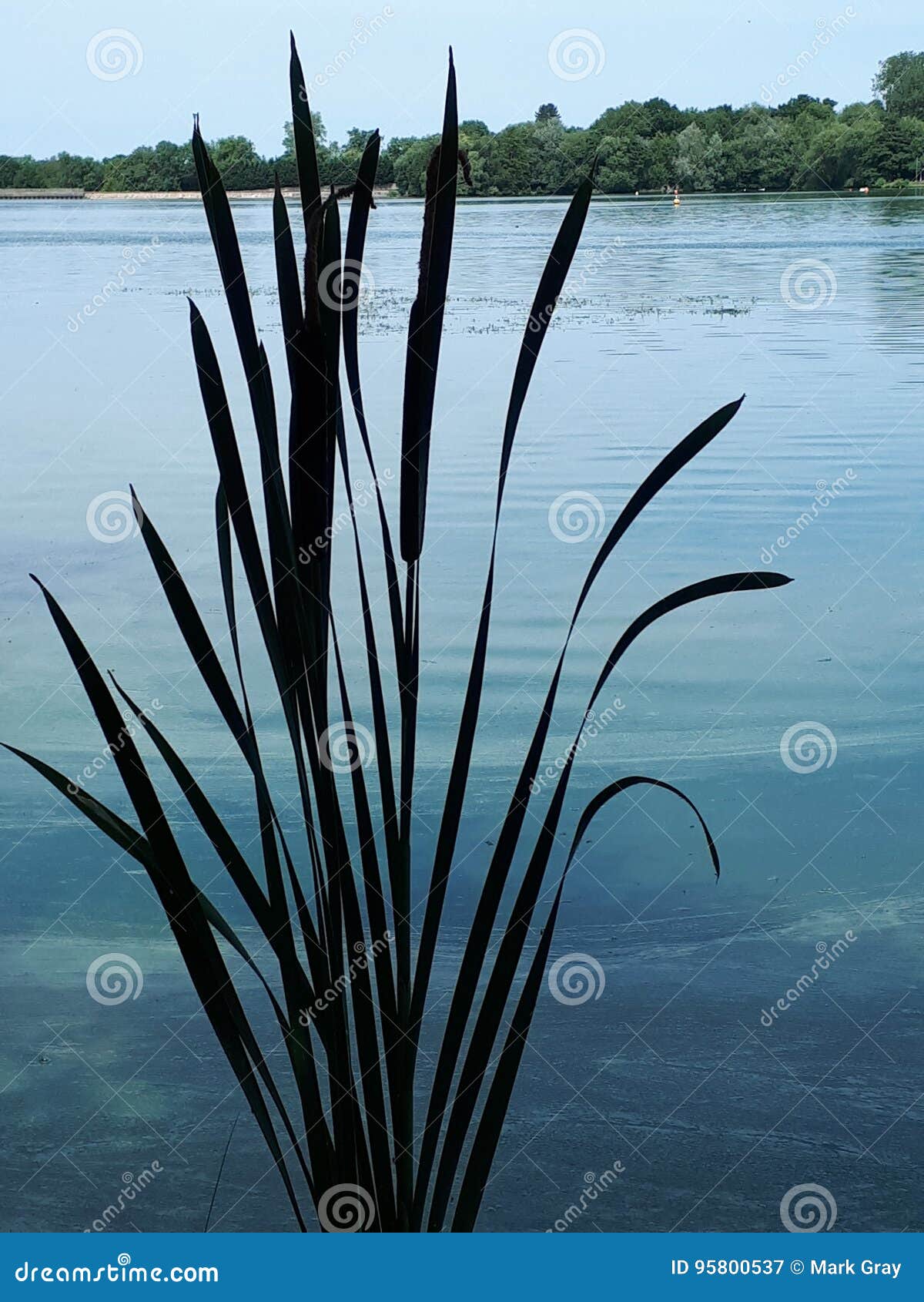
Bull Rushes stock image. Image of bull, plants, rushes 95800537
Common Name: Bulrush Genus: Typha Species: gracilis Skill Level: Beginner Exposure: Full sun Hardiness: Hardy Soil type: Moist, Boggy Height: 100cm Spread: 7cm Time to divide plants: March to.
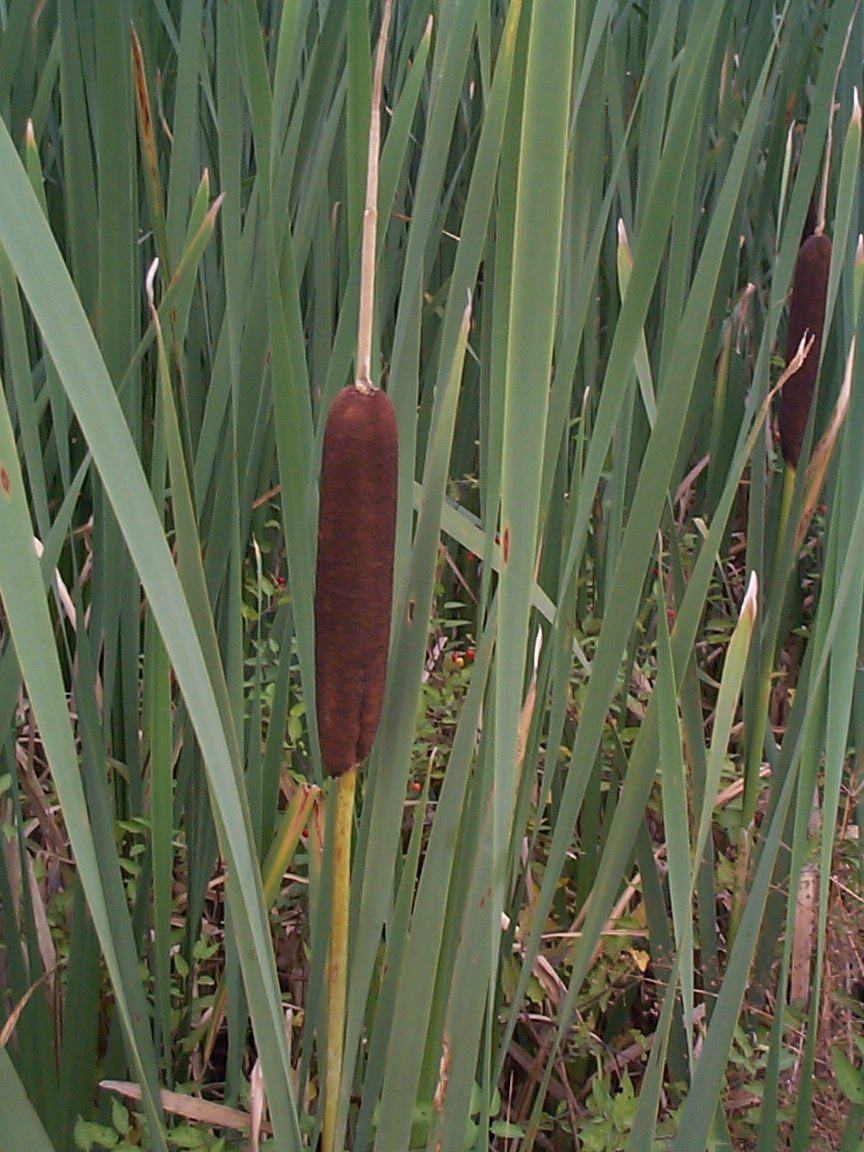
Typha latifolia Merebrook Pond Plants
Bulrushes are bulrush sedges. stems sharply- to softly-triangular; leaves in some species reduced to sheaths, in other species there are many obvious leaf blades; inflorescences always on stem tips, compound, much branched, tight cluster or spreading open; bracts sometimes leaf-like or sometimes resembling stems. Impacts